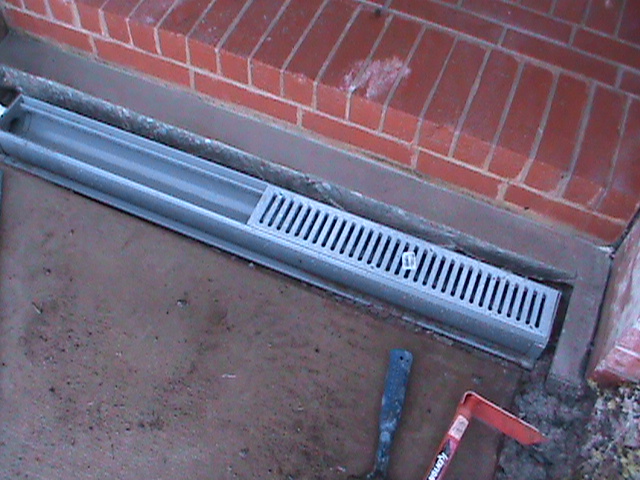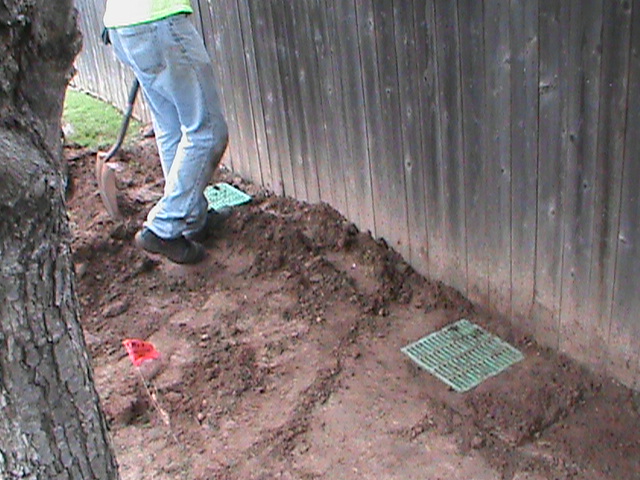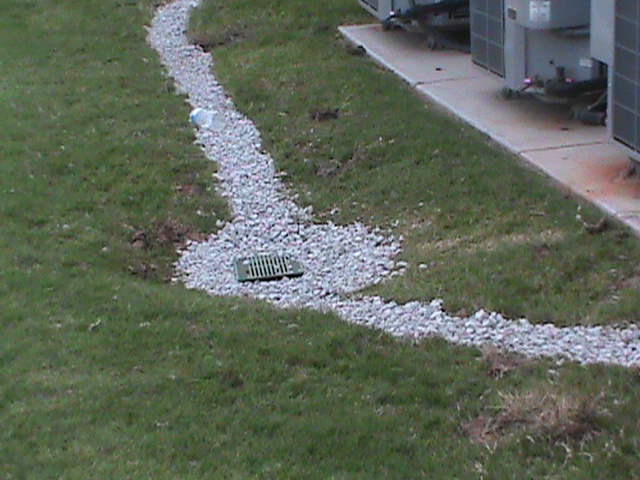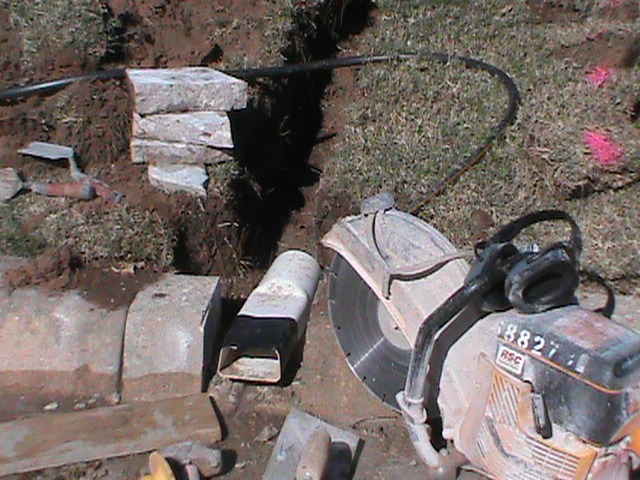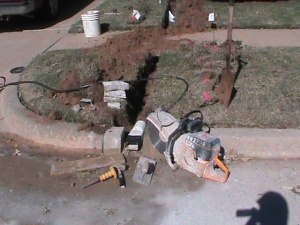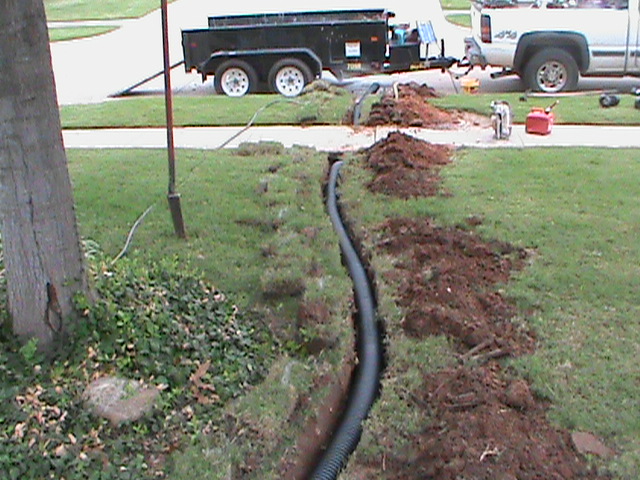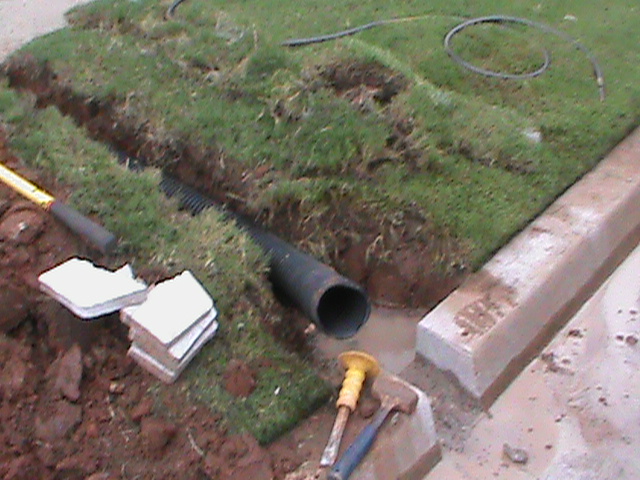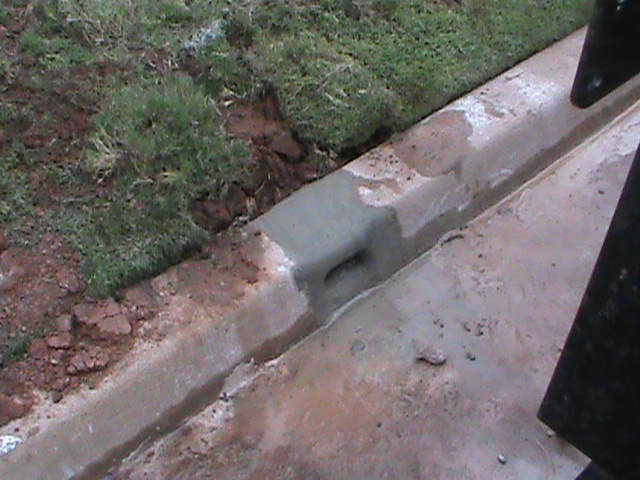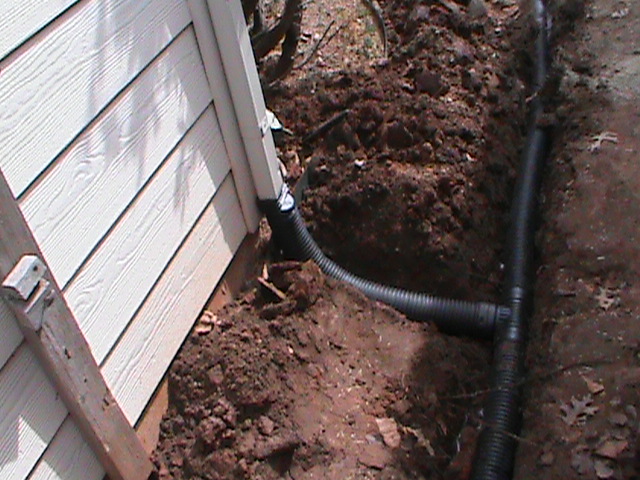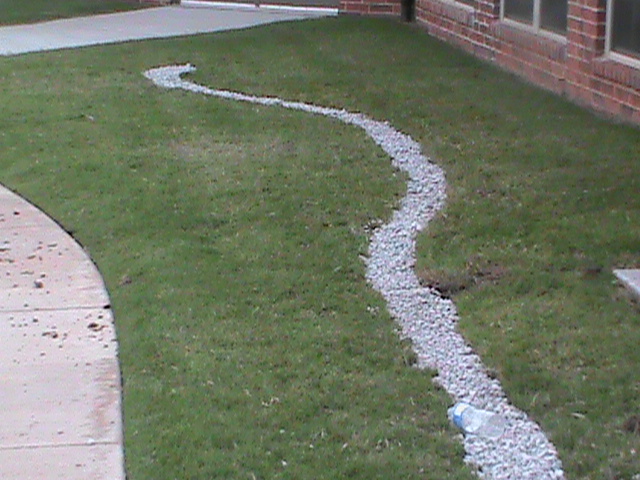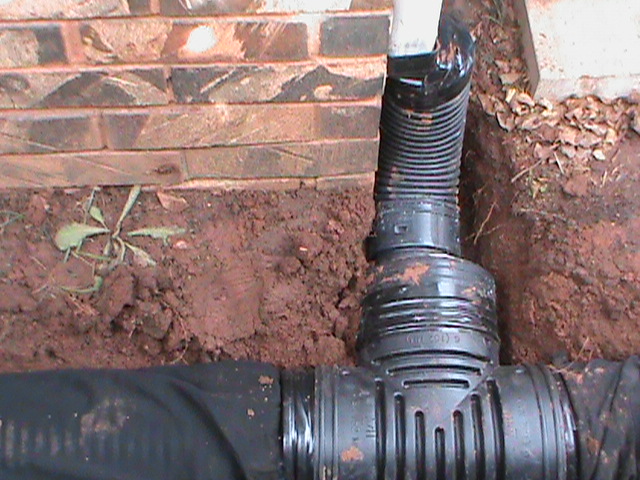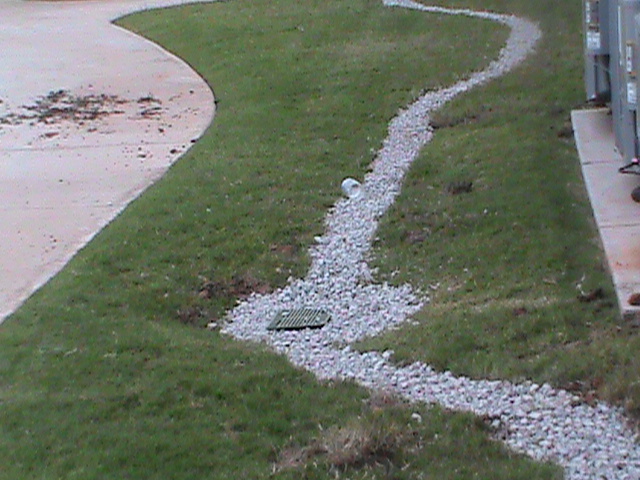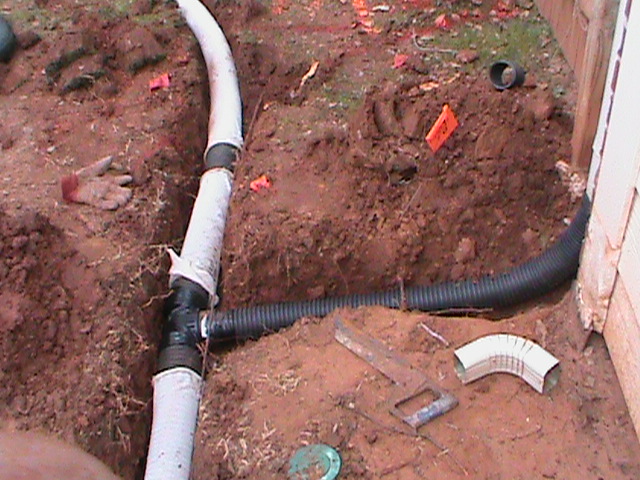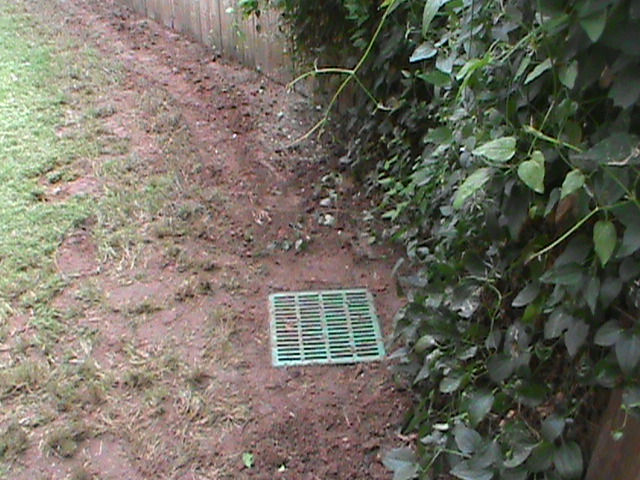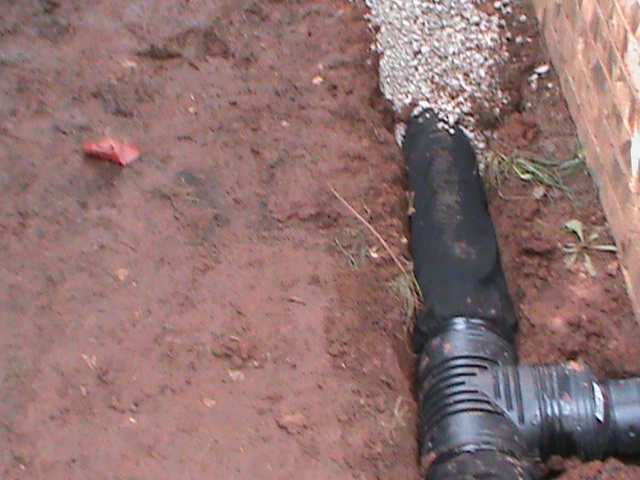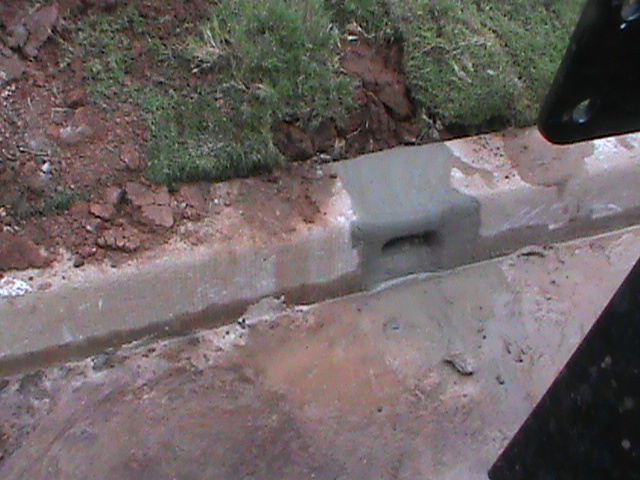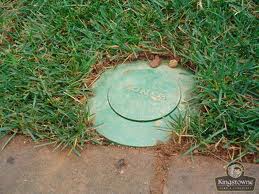French Drain, Surface Drain, Drainage System
Angie's List Customer Service Award Winner Activerain Member
Angie's List Customer Service Award Winner Activerain Member
Drains can protect your home and property from water damage. CMG installs a wide variety of Drains in many different places. A Drain or Group of Drains with Drain Pipe going to an exit point is a "Drainage System."
Drainage Systems can be made up of one drain or a combination of many drains. Drainage problems can be very complex. Complex Drainage Problems may require a combination of several different types of drains all inter-connected and working together. Other times the drainage problem may be simple and straight-forward requiring only one drain or several of the same type of drain connected together.
An example of a complex drainage system would be: A French Drain in the back yard connected to a Surface Drain near a flower bed connected to several gutter downspouts, which are connected to a Channel Drain going across a driveway, which is connected to additional Surface Drain in the front yard, which runs to a Curb Fitting that lets all the water drain out on to the street.
A simple Drainage System might consist of a Surface Drain that is connected to a second Surface Drain which runs to a Pop-up Emitter which lets water drain over the curb and into the street.
CMG Installs all types of Drainage Systems in Oklahoma.
Today we installed a 6 Inch French Drain at an apartment complex near Lake Heffner. The French Drain started in the back yard of one unit. The Drain Pipe went under the fence and into the adjoining unit's back yard. The French Drain then looped around their patio and out under their fence to the west. To get the 6 inch Drain Pipe to the correct Exit Point, we had to cut out 30 feet of sidewalk and run the French Drain Pipe under the sidewalk. Next, we replaced the sidewalk with new concrete. Finally, we dug a drainage ditch across the front yard to the parking lot. We covered the Drain Pipe with sod that we carefully removed when digging the trench. At the edge of the parking lot a 6 inch Pop-Up Emitter was installed to release the Storm water. Seven Gutters were connected directly into the Drainage System along the way.
This particular Drainage System was made up of 55 Feet of 6 inch French Drain, 78 Feet of Solid ADS Solid Drain Pipe, Seven Gutter Connections, and one 6 inch Pop-Up Emitter.
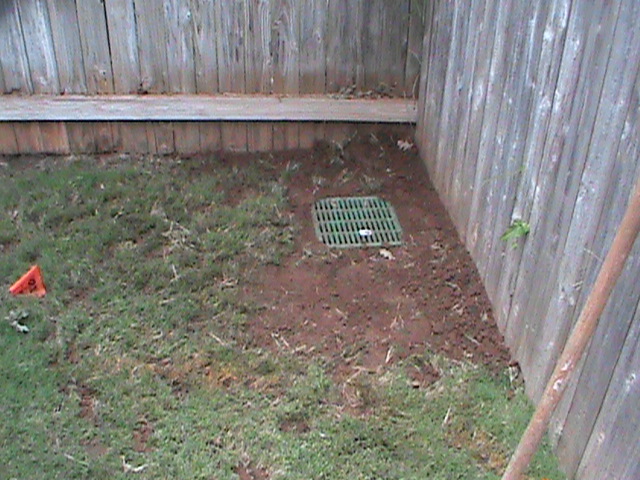
- Surface Drain in Low Area in the Corner

